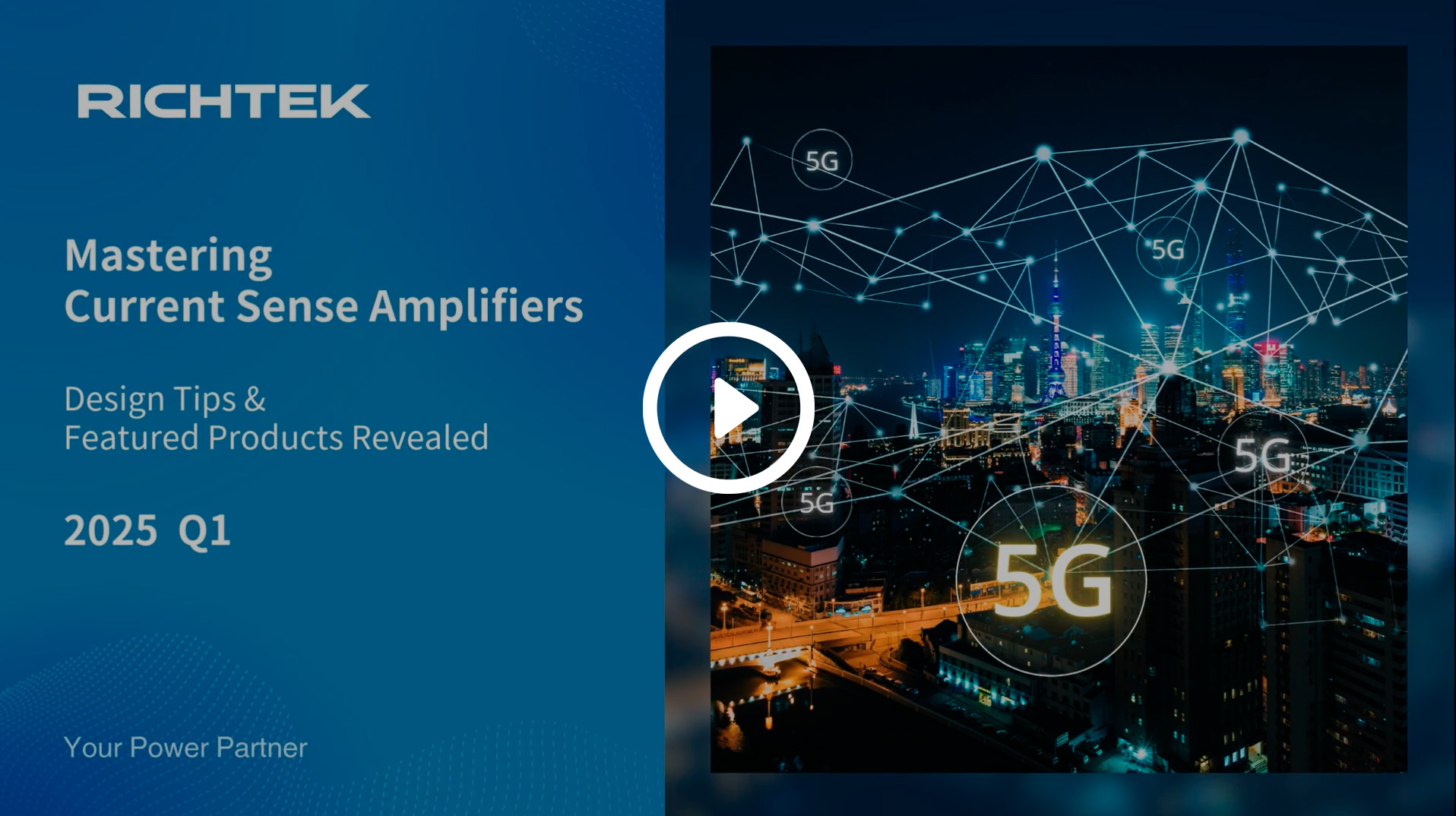The demand for current sense amplifiers is experiencing rapid growth, increasing at an annual rate of 10% due to the expansion of 5G telecom equipment and automotive applications, alongside global initiatives for carbon emissions reduction. The market size is projected to reach USD 2 billion by next year. Current sense amplifiers are crucial for preventing overcurrent, monitoring ground faults, and optimizing power control, thereby enhancing energy efficiency, and reducing environmental impact. This makes it one of the key components for sustainable development.
Current sense amplifiers, which are high-precision differential amplifiers specially designed for current sensing, measure small voltage drops across a shunt resistor and the output voltage correlates with the input current across the sense resistor. They offer simple operation, noise immunity, and accurate current measurements, providing critical control for system designs and protection against overheating and short circuits.
Current sense amplifiers are categorized into digital and analog types. Analog types deliver real-time analog output, ideal for applications requiring instantaneous response. Digital types offer diverse parameter reporting, including voltage, current, and power, and communicate with microcontrollers via communication interfaces, such as I2C or SMBus for effective power monitoring. Key performance indicators such as offset error and gain error are vital when selecting a suitable amplifier. How to calculate the optimal sense resistor to minimize measurement errors and improve accuracy? Discover Richtek's current sense amplifier product roadmap.

(00:00 What is Current Sense Amplifier? / 03:55 Selection Criteria and Design Tips )
Digital Current Sense Amplifier
Analog Current Sense Amplifier